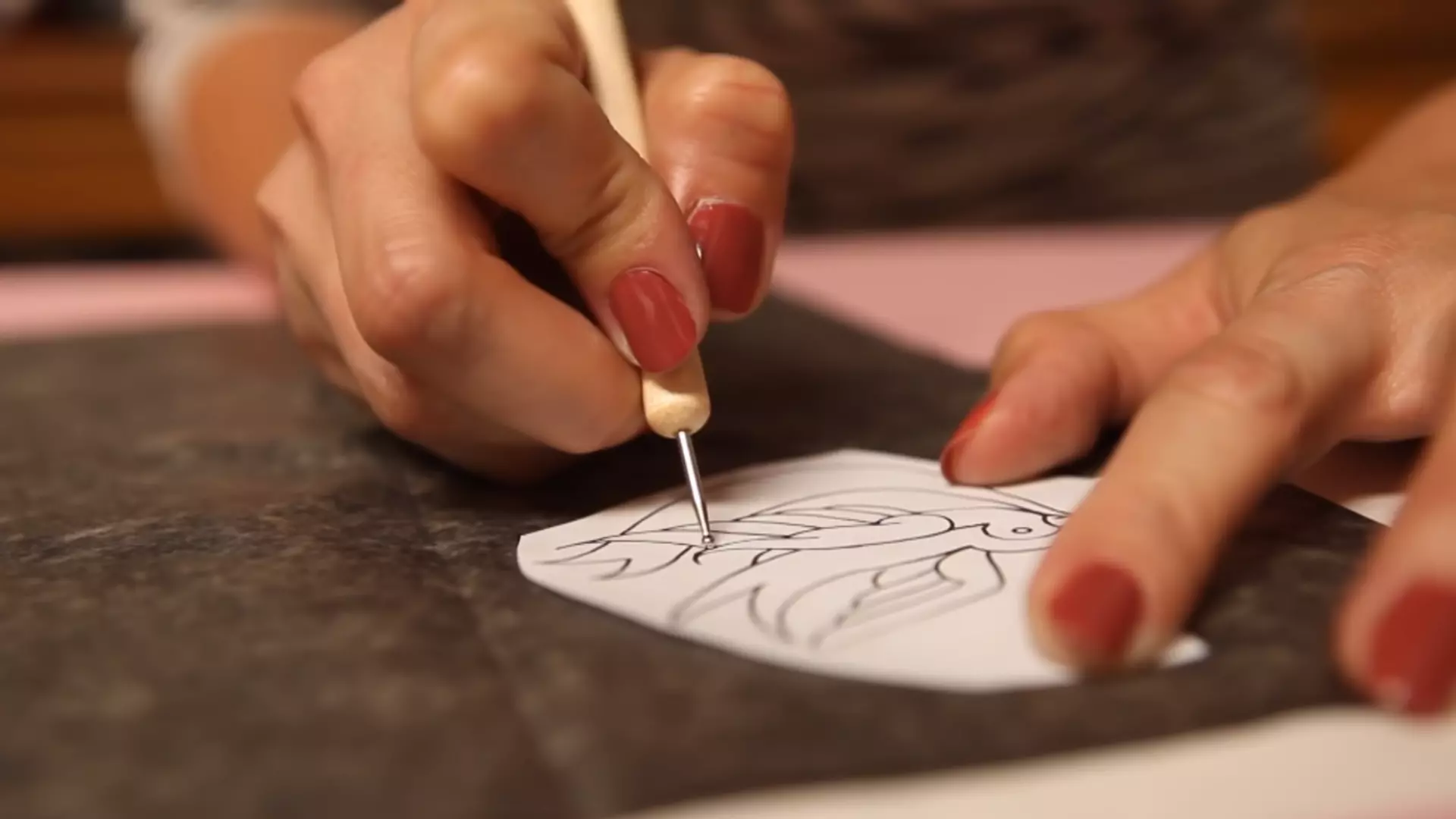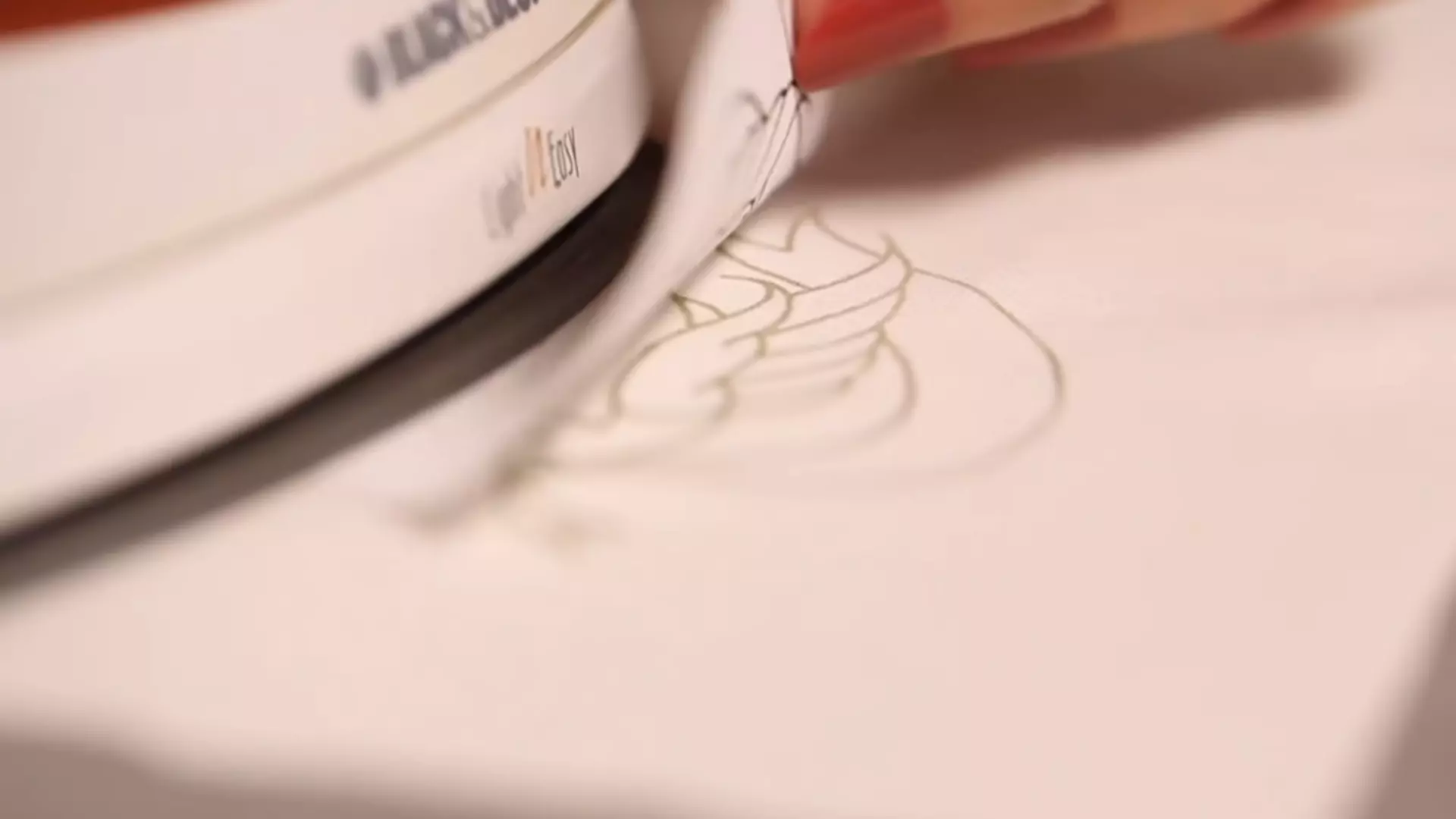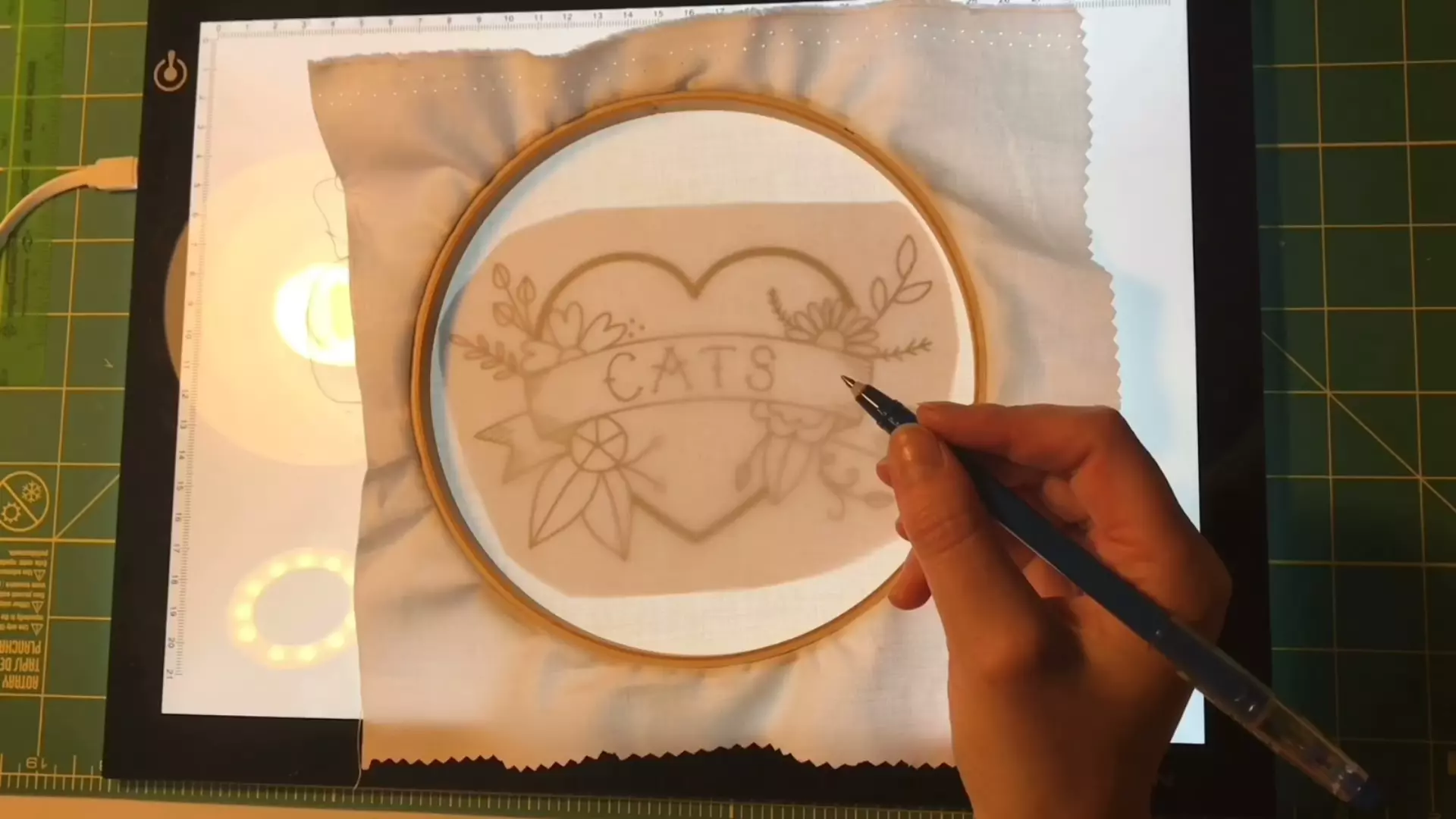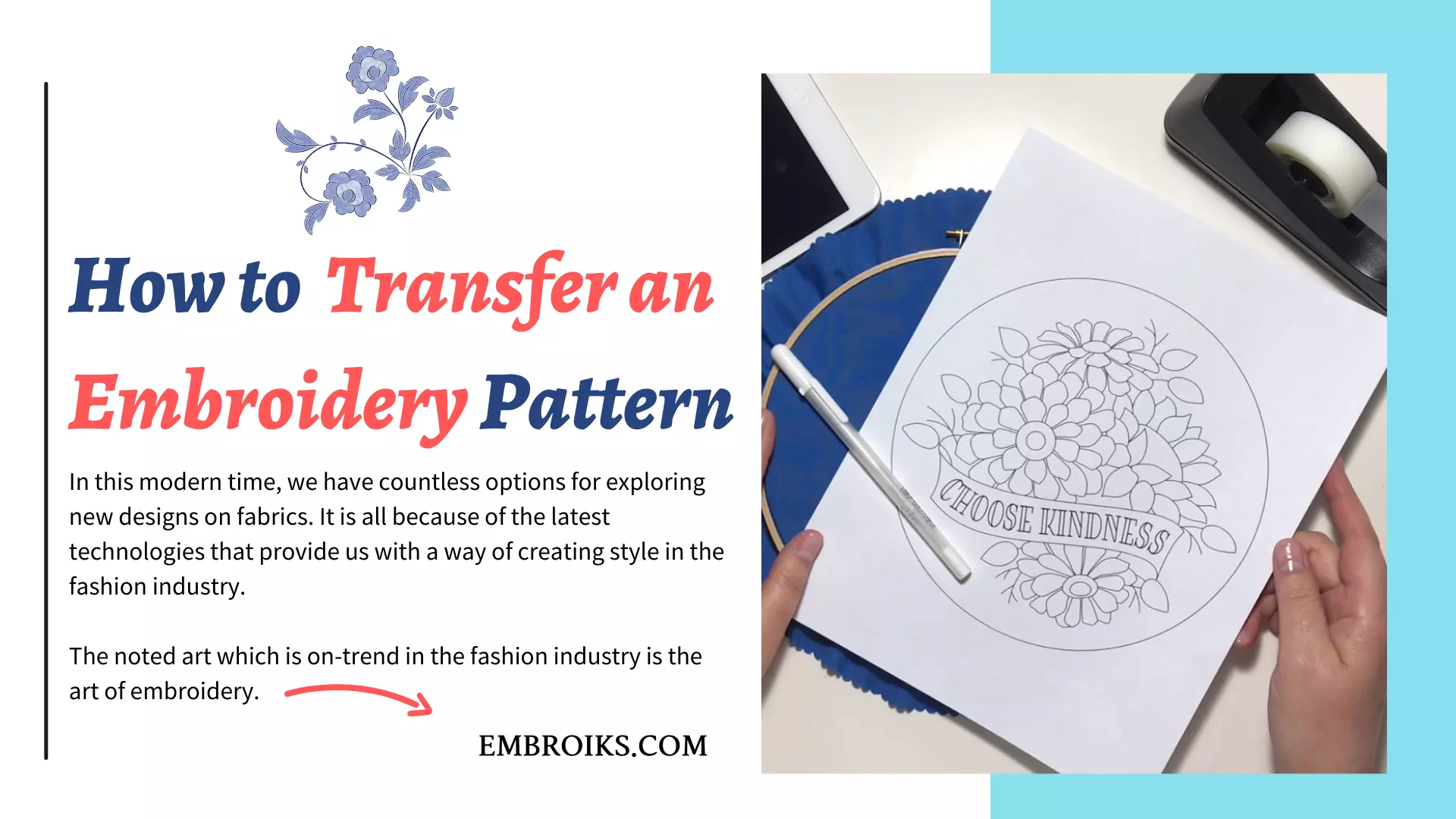How to Transfer an Embroidery Pattern
In this modern time, we have countless options for exploring new designs on fabrics. It is all because of the latest technologies that provide us with a way of creating style in the fashion industry. The noted art which is on-trend in the fashion industry is the art of embroidery.
It is a way of making beautiful stitches on the fabrics by using various resources. You can transform embroidery art by hand, by sewing machine, and through embroidery machines. But before it’s, you need to change the embroidery pattern on the fabrics.
Most beginners have no idea how to transfer embroidery patterns onto fabrics. Here we discuss different techniques that support learning to quickly transfer embroidery patterns onto your materials.
You can use various techniques for transferring embroidery patterns like tracing, water-soluble stabilizer, transfer paper, etc. In this topic, we discuss everything you want to know about the embroidery pattern. So to learn more, keep reading the case.
How to Transfer an Embroidery Pattern
Art is the beautiful part of life that significantly influences this growing fashion industry. Fashion designers create numerous exclusive styles by the famous work of embroidery. Embroidery is the art of stitching exclusive fabrics’ designs using numerous sources.
This art is based on the specific procedure you need to pass to complete the projects. In the embroidery art procedure, the transferring pattern onto the paper. Most newbies have less knowledge of transferring a design onto fabric for embroidery. Therefore, we discussed the main and simple techniques that provide you with sharing embroidery patterns without any Hassle. Also read, how to transfer an embroidery design from computer to machine.
Techniques of Transferring Embroidery Pattern
As we discussed above, there are different ways that you can choose to transfer designs onto the fabrics. When we talk about the transferring pattern onto fabrics, we first need to examine whether the material is thin, thick, dark, or light. And then select the techniques according to our fabric requirement.
Let’s move to this technique and learn one by one thoroughly for the better grab of transferring embroidery pattern technique.
Transfer Paper
It is the most well-known and straightforward technique for transferring embroidery patterns onto fabrics. Through transfer paper, users can transform designs onto different materials using wax-based transfer paper.

Utilizing this lightweight transfer paper is based on a simple mechanism. The user first needs to coat the transfer paper-colored ink, which is in fine form that can be washed out after completing the projects from the fabric.
When transferring designs onto dark fabrics, use light-colored carbon paper to mark the arrangement. And in case of transferring designs onto the light materials, you need to use the dark color piece of carbon paper for sharing the technique.
We proceed to the steps you need to take to transfer the embroidery pattern onto the fabrics. Place the cloth on the hard surface and set the transfer paper over the material by keeping the waxy ink towards the fabric. And then place the pattern on top of the transfer paper. After this, transfer the design to the fabric by utilizing a marking pen.
Tracing
This straightforward technique that one can perform efficiently. In the case of having thin fabric, you can use the tracing process. So in this way, for transferring designs, you need to use the lightbox or window and mark the lines with the water-soluble pen.
In transferring designs through the window, you need to tape the pattern to the glass and then cover the design with the fabrics. Then trace the line by using a marking pencil.
Heat Transfer Pens and Pencils
The other proper technique that you can utilize for transferring embroidery patterns on the fabrics is heat transfer pens and pencils. When we talk about transfer pens and pencils, these have enormous variety in the market according to color and thickness. And the interesting point about this technique is that you can easily use it for lighter and heavier fabrics.
Moreover, the markings of these pencils and pens are permanent. Pattern line washout and marking lines are covered up entirely with embroidery. To use this technique, you need to trace the design in the reverse direction on the sheet of paper. For this technique, the most straightforward procedure is to print your pattern and turn it over. After this, trace the design on the backside of the paper using a heat transfer sharp pencil.
During designing, try to keep the pattern line thin to maintain the beauty of your design. Now the time is transferring the design to fabric for this purpose following the given steps. Firstly place the paper against the fabric and press with a hot iron. Avoid moving your iron back and forth on paper because this action damages your design.
Water-Soluble Stabilizer
The transferring of embroidery pattern techniques is used according to the fabric conditions. Is either fabric light or dark, thin or thick? Then you can use the method quickly. Most beginners wanted to know how to transfer embroidery patterns to dark fabrics. So for dark fabrics, the water-soluble stabilizer technique is the suitable option.
Using this technique, one can print the pattern directly onto the stabilizer. After this, place it on the embroidery fabric. After passing the procedure, you need to soak the embroidery in warm water. By doing this, the stabilizer dissolves away.
Hot Iron Transfer

The pattern transfer by utilizing the hot iron transfer technique is simple and consists of specific color prints. That means that the printed designs you used are in particular colors like blue, black, and gray ink. You can transfer these designs to the fabric using hot iron by adopting the same procedure as you learn in the transfer pens and pencils transferring techniques.
Tracing Paper
One is known as the tracing paper technique in the different methods of transferring embroidery patterns ique. This technique proves a little difficult for some people. Now we move to a way that guides you in tracing paper to transfer embroidery patterns.
- In this technique, users firstly need to trace the pattern onto lightweight tracing paper.
- After this, set the paper onto your fabric. Then you need to stitch it through writing and fabric.
- After the procedure, you need to reduce this tracing paper carefully.
Pouncing
Pouncing the standard method of transferring patterns onto the fabric. The way of using this method is given below.
Firstly, you need to make a hole in the paper pattern by using the pin at regular intervals. After this pattern is attached with fabrics, use the powdered pigment that comes through a hole in the soft pouncing motion.
Saral Transfer Paper
Saral transfer paper is the method that is especially useful for transferring the pattern onto the dark fabric. We come to the steps you need to take to complete this technique.
- This Saral transfer paper has one chalky side when we talk about it. So when you set the transfer paper, set the chalky side in a down position on the top of the fabric.
- Then you need to set the piece of paper with the specific design you want to use on the top of the transfer paper.
- After this, use the pencil for drawing the design. Draw the plan carefully.
- After tracing, use the white stencil for transferring onto the fabric.
Embroidery Transfer Paper Printer
You can use a different method for transferring the embroidery pattern onto the fabric. So selecting the way in according to your fabric color and position is difficult for beginners. In various approaches, one transfers embroidery patterns by using the home printer.

In terms of using the printer for transferring patterns, you shall need specific materials like
- Freezer paper
- Fabric
- Digital pattern
- Inkjet printer
- Iron press cloth
So these are specific materials that you can use. The procedure of printing patterns onto fabric is based on simple design. Let’s move to these steps.
- Firstly cut the freezer paper into a specific size and then on iron at high heat for smooth and flat iron results. Then keep this fabric on the top of freezer paper and mover iron on the sides.
- After cooling the fabric, check if the freezer paper is either perfectly attached or not. After confirmation, cut in the sides of the edges. On cutting, you get the piece with fabric and paper sides.
- Now set the digital pattern for printing onto the fabric. And put your paper into the printer for printing. After printing, you need to peel off the freezer paper.
- Finally, you shall get the print that you want from the paper printer.
So these are the steps that you used for transferring the pattern onto fabric by utilizing the printer.
These are specific techniques that you can use for transferring numerous designs onto the fabrics. We thoroughly described each method.
We are Wrapping Up!
Embroidery is the art that provides individual touch on your fabric. It is completed after passing through specific steps. We discuss how to transfer embroidery patterns onto the textile in this topic. There are different techniques that we used for transferring designs onto the fabric. Here we addressed each method thoroughly. We hope you like the subject.







